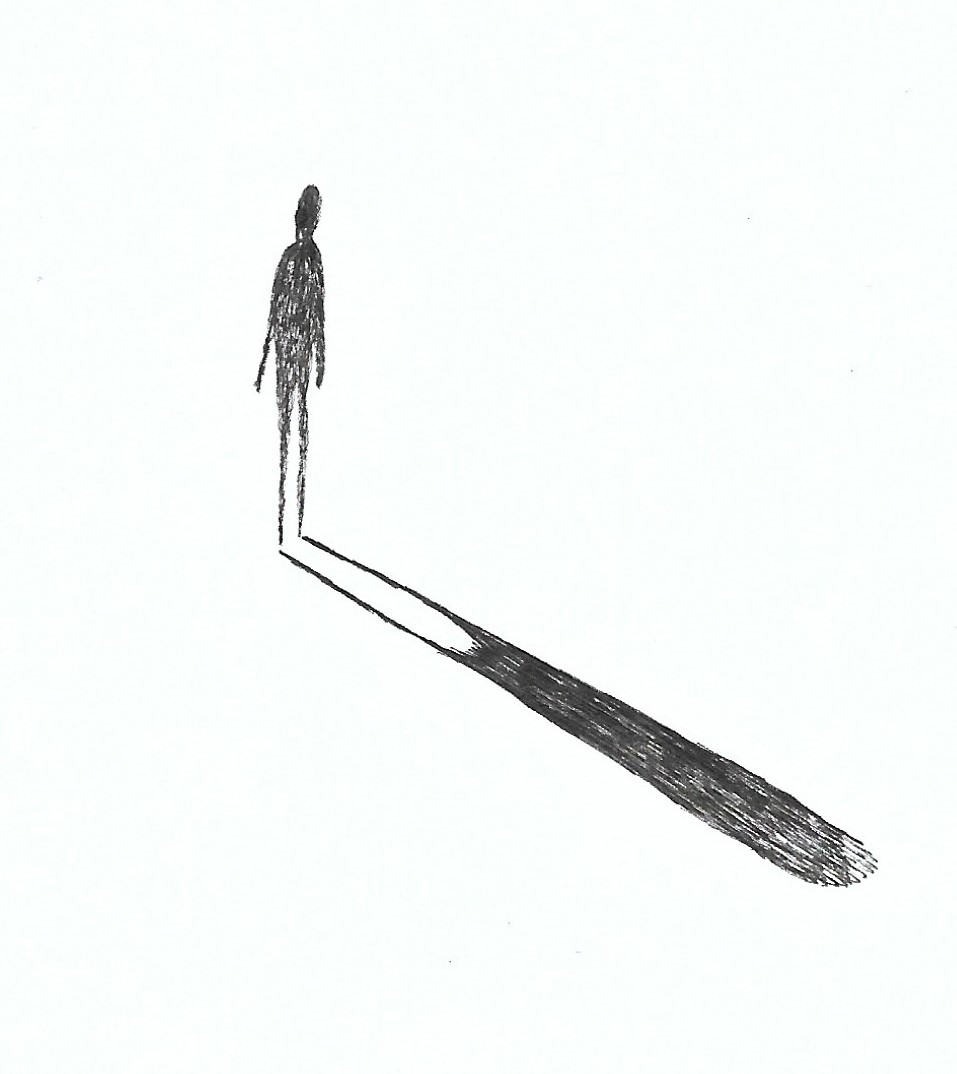Relating and identifying
.
From the splitting of form into object and subject emerges relationship in the shape of attraction, aversion or indifference. Here, a positive, negative or neutral charge is created between subject and object. From this charge, identification can subsequently emerge. The subject then says: "I am this" or "I am not this".
Consequently, the subject's identity consists of the objects which it identifies with. The primary object of identification is the physical body in which the subject situates itself. Secondarily, the subject identifies with the continuous, familiar, habitual stream of thoughts and feelings. In doing so, the impression is created of being someone. The subject identifies with thoughts. It says, "It is like this and not like that. I am like this and not like that. I want this and not that. I able to do this and I am not able to do that." The subject identifies with feelings. It says: "I am happy, tired, angry, hopeful, sad, nervous, etc." The subject identifies with ‘true’ and disidentifies with ‘false’, and the same with ‘beautiful’ and ‘ugly’, ‘good’ and ‘bad’. Thirdly, the subject identifies with artifacts, events, activities, with the story about itself projected onto past and future. The empty doll of the 'I' is stuffed and dressed with all these identifications, that is, the identity of the self is construed. Through the accumulation of subject-object relations the 'I' becomes gradually 'fatter'. And the fatter the 'I', the more it perceives itself to be substantial.
The unconscious mind replays the same subject-object connections over and over again. Events, artifacts, other people, relationships etc., are continuously objectified, are continuously being charged with attraction, aversion, indifference and identification. At this point, man is lost and no longer able to encounter the world in a fresh and original way.
Subsequently, out of attraction, aversion, indifference and identification, action arises. The subject becomes an agent. The agent considers and prefers, chooses, decides, executes and evaluates. The agent grasps objects: he states opinions, sets goals, creates expectations, devises strategies, and makes the required efforts to obtain what he wants. Agency is thus not only found in doing, but also in thinking. To comprehend is to grasp by means of thoughts. Thinking constantly fabricates and replicates objects, notably the thoughts which the subject identifies itself with.
In a state of agency, the subject is experienced as the one who controls, as the causer of what it believes to bring about. At this point, the subject is experienced as being even more substantial.
The subject assumes that the desired life that he tries to arrange, is more worthy of being lived than the present life that is unfolding in the moment, i.e. life that is emerging out of the complex and organic interplay between a multitude of forms. Life-as-it-is does not accommodate itself to the subject’s desires, plans, and beliefs. As a result, the subject easily lives at odds with reality. Suffering is ever lurking.
Thinking, goal setting, acting and expecting are all forms of agency which arise in consciousness.

